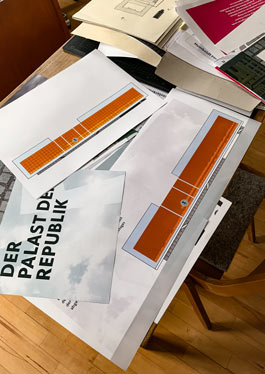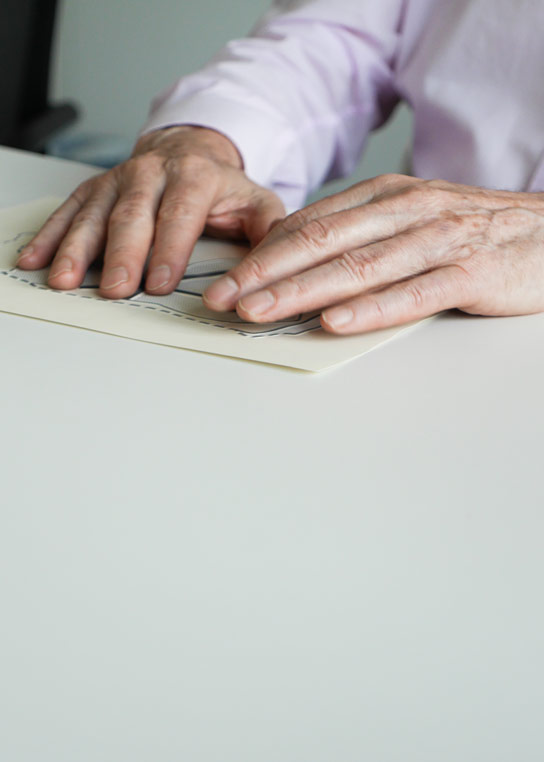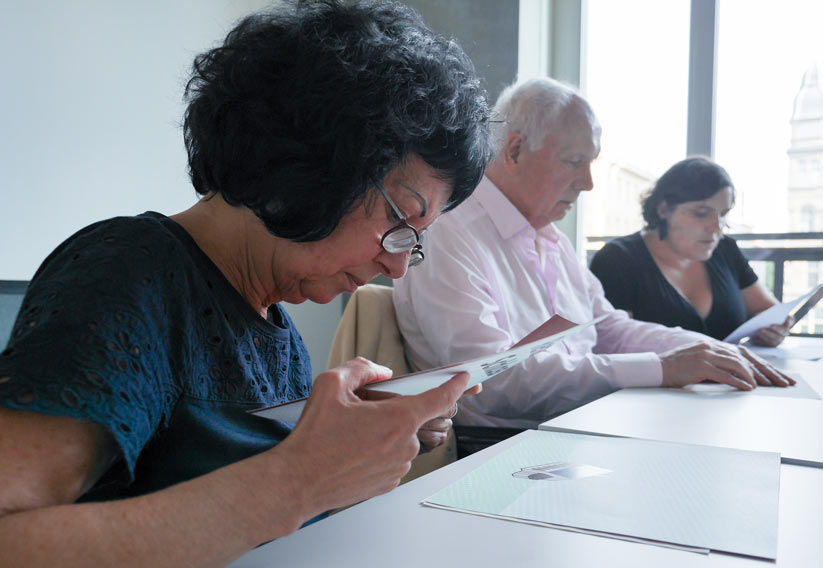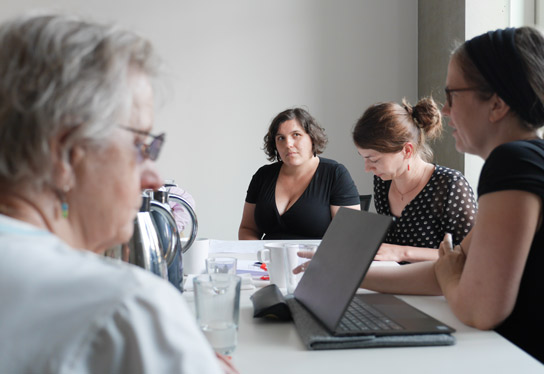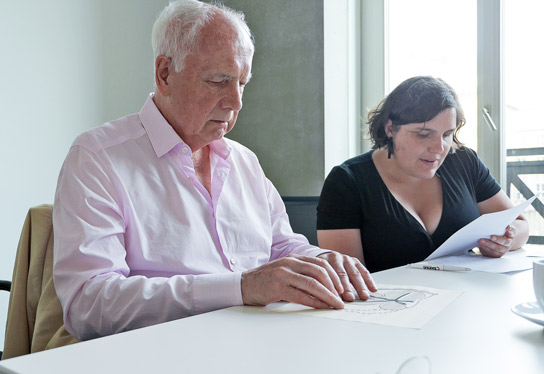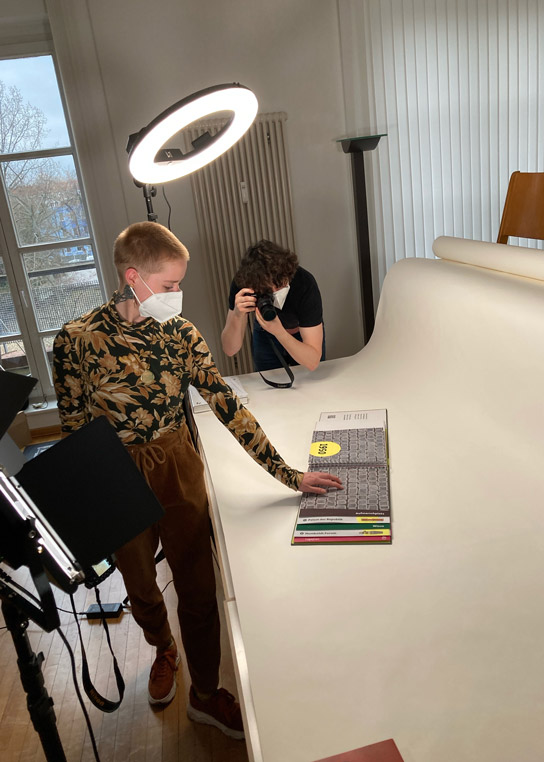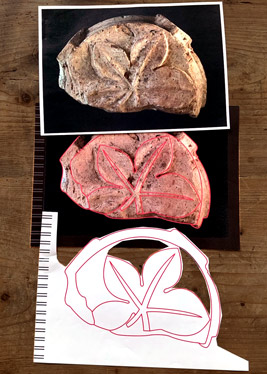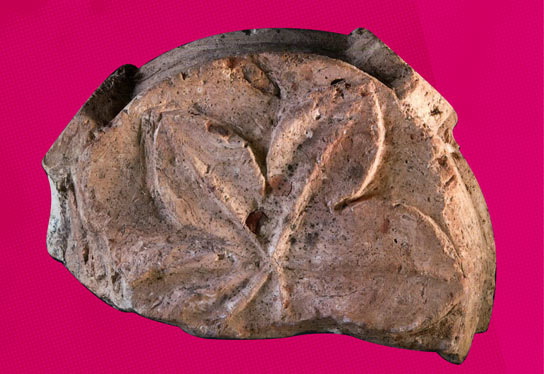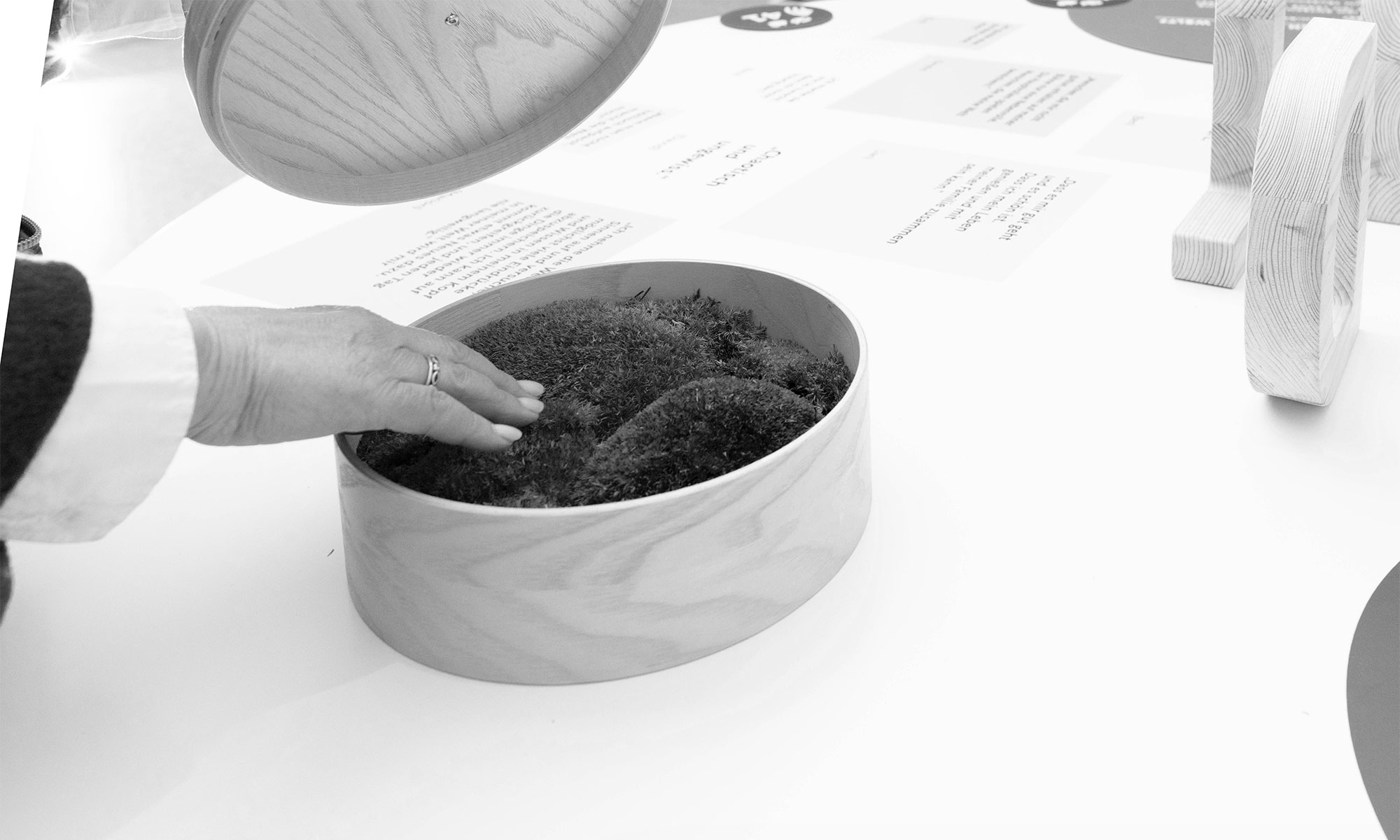Humboldt Forum Foundation Berlin
From a monastery to the Humboldt Forum
If at all, then in the right way. In Berlin, the Humboldt Forum, which opened in summer 2021 in the rebuilt City Palace, wants to set standards. Also in terms of inclusion. With a specially developed tactile book, sighted, visually impaired and blind people can now experience 700 years of Berlin history.
From the monastery to the palace, the parade ground and the Palace of the Republic – the place in the centre of Berlin has an eventful history. The powerful have built here, rebuilt, demolished and planned again and again. In the Humboldt Forum, this history can now be explored with the fingertips, the eyes or the ears.
With a large tactile map, 14 tactile pictures and texts in large print and Braille, the past of the site becomes comprehensible on 64 pages. An audio version completes the book. The tactile books were developed in intensive focus group work with members of the Allgemeine Blinden- und Sehbehindertenverein Berlin gegr. 1874 e. V. and thus meet the needs of the target group.
For example, the impressive dome of the palace can be traced with the fingers using tactile foils, and details on the façade can also be seen and felt.
Audio descriptions of all the stations from the monastery to the palace complete the offer for visitors.
Published by the Humboldt Forum Foundation in the Berlin Palace, the book can be purchased at the Humboldt Forum for 24,90 €.
A Glance at the Book
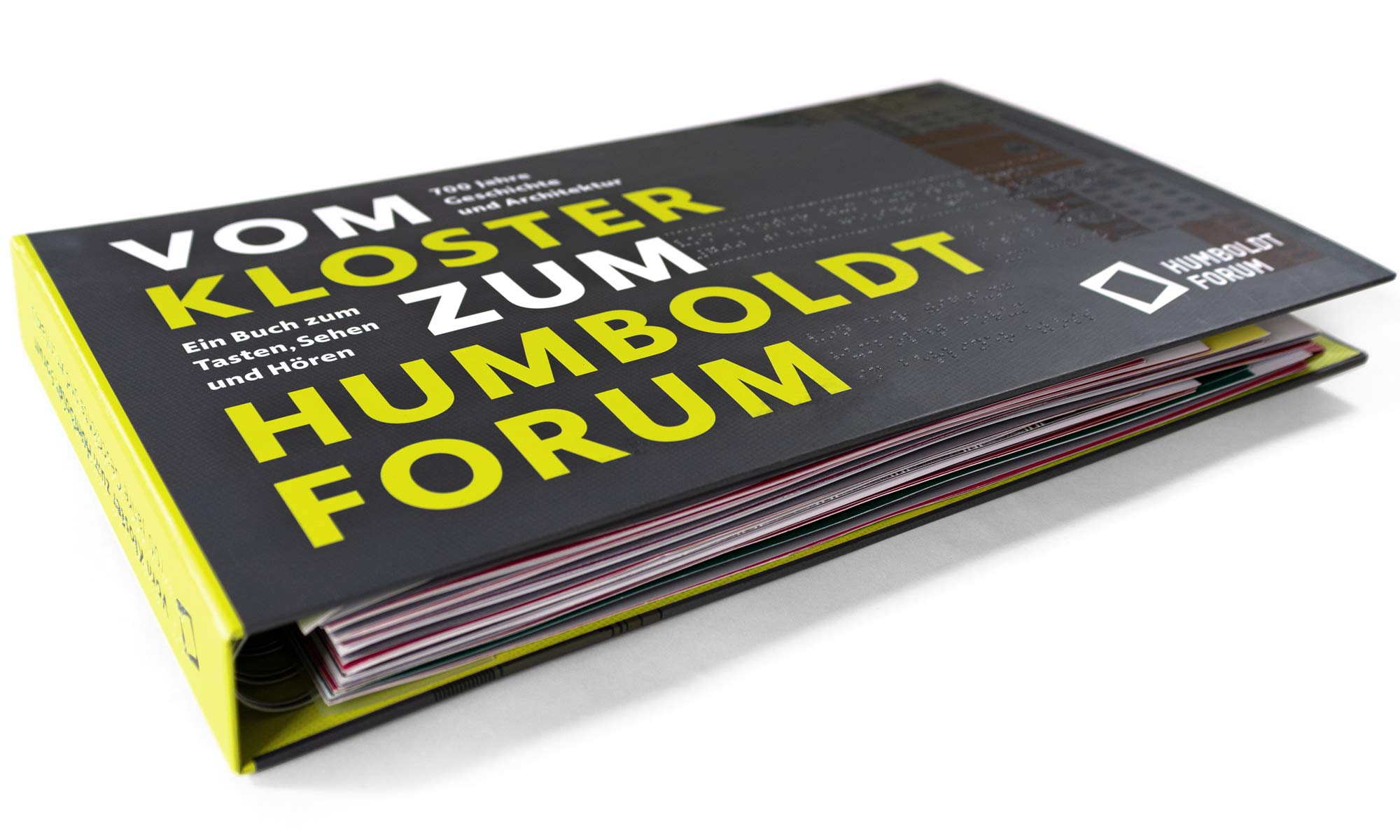

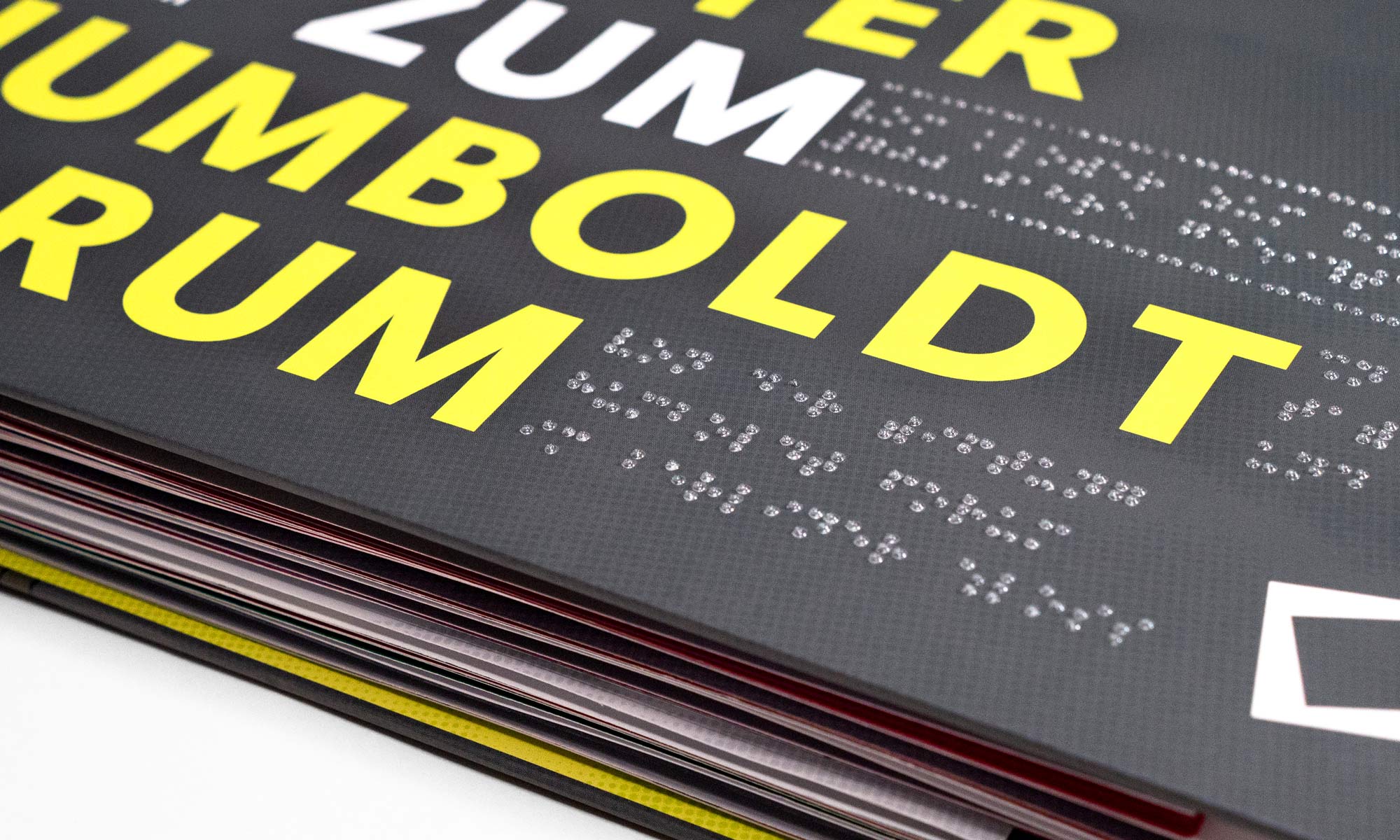


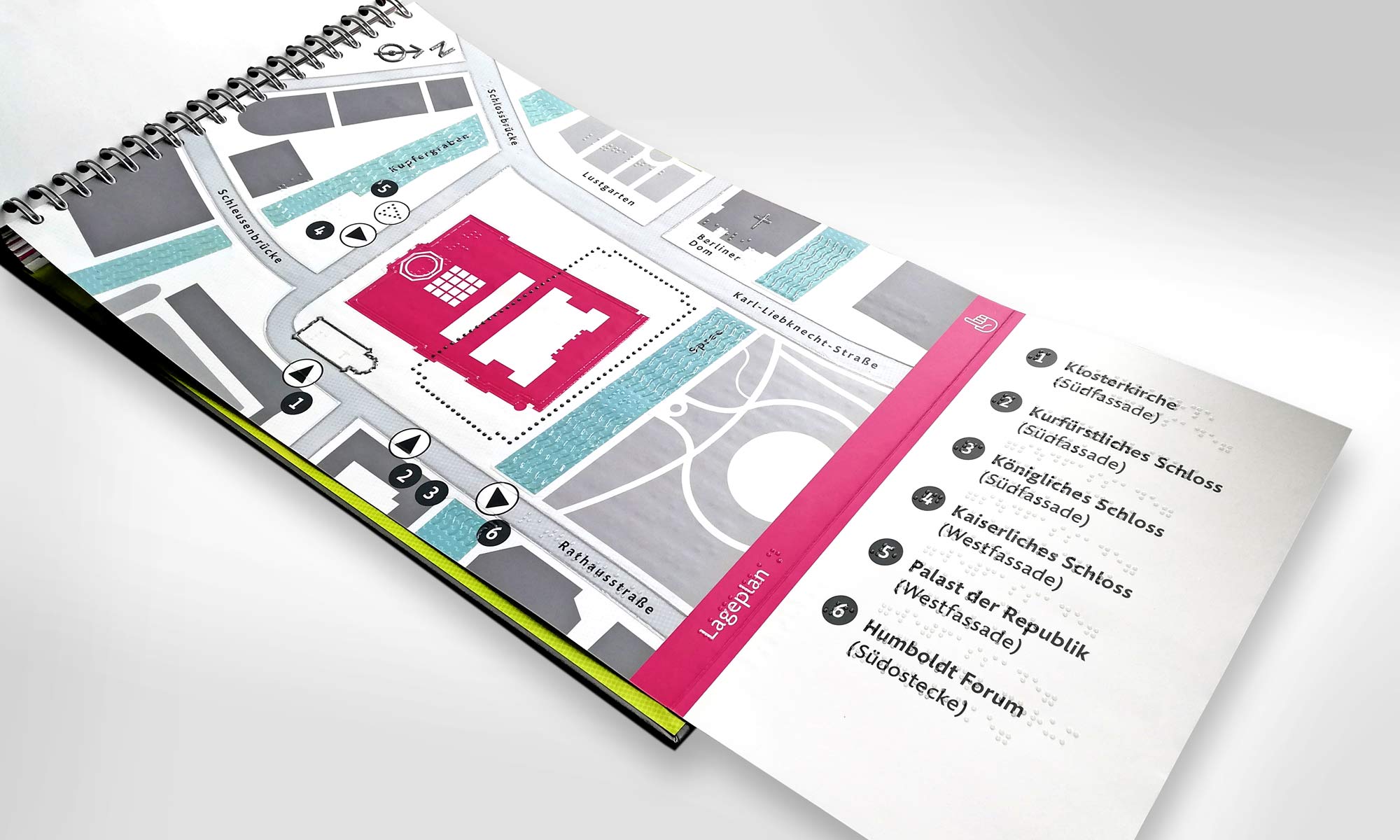
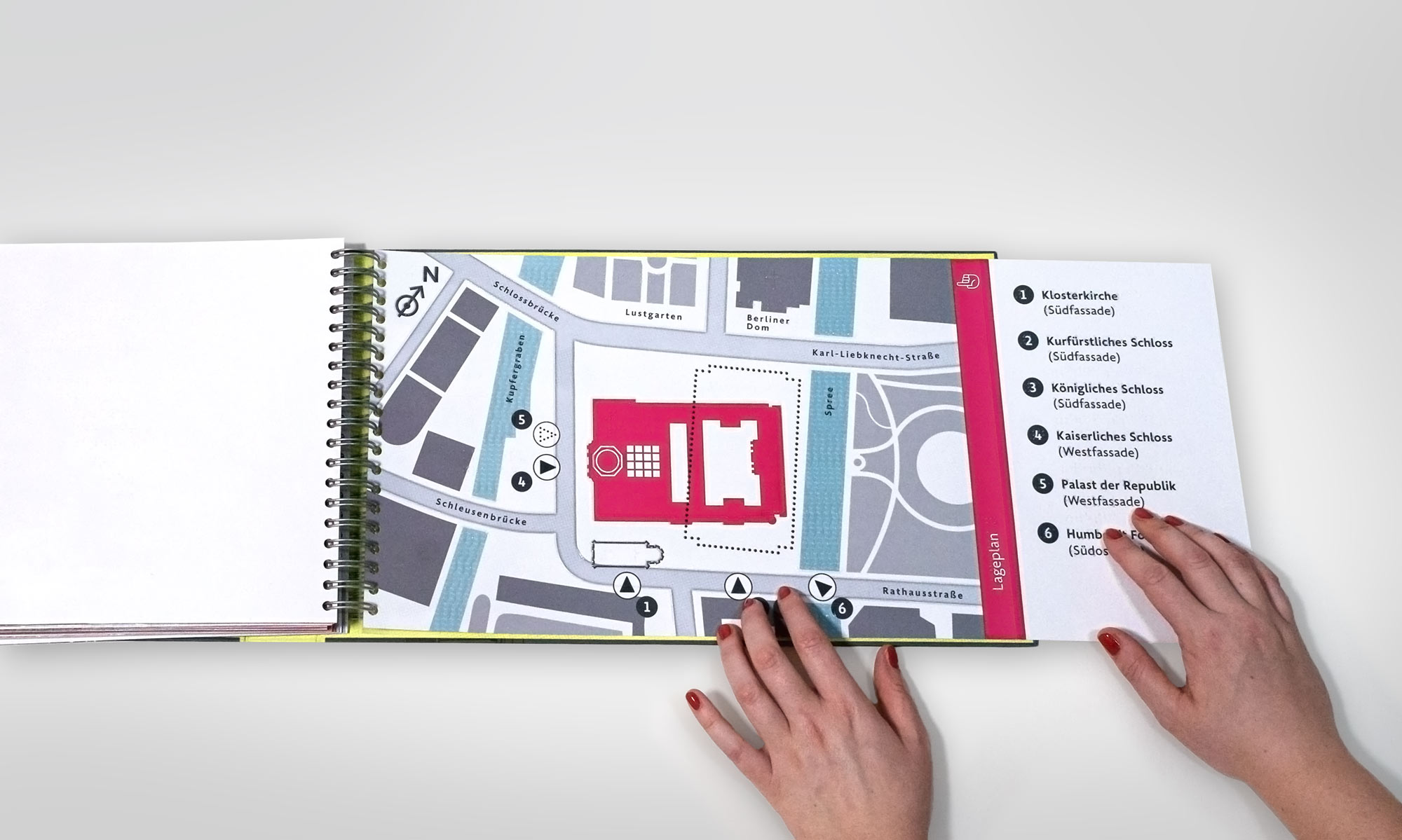
Tactile foils
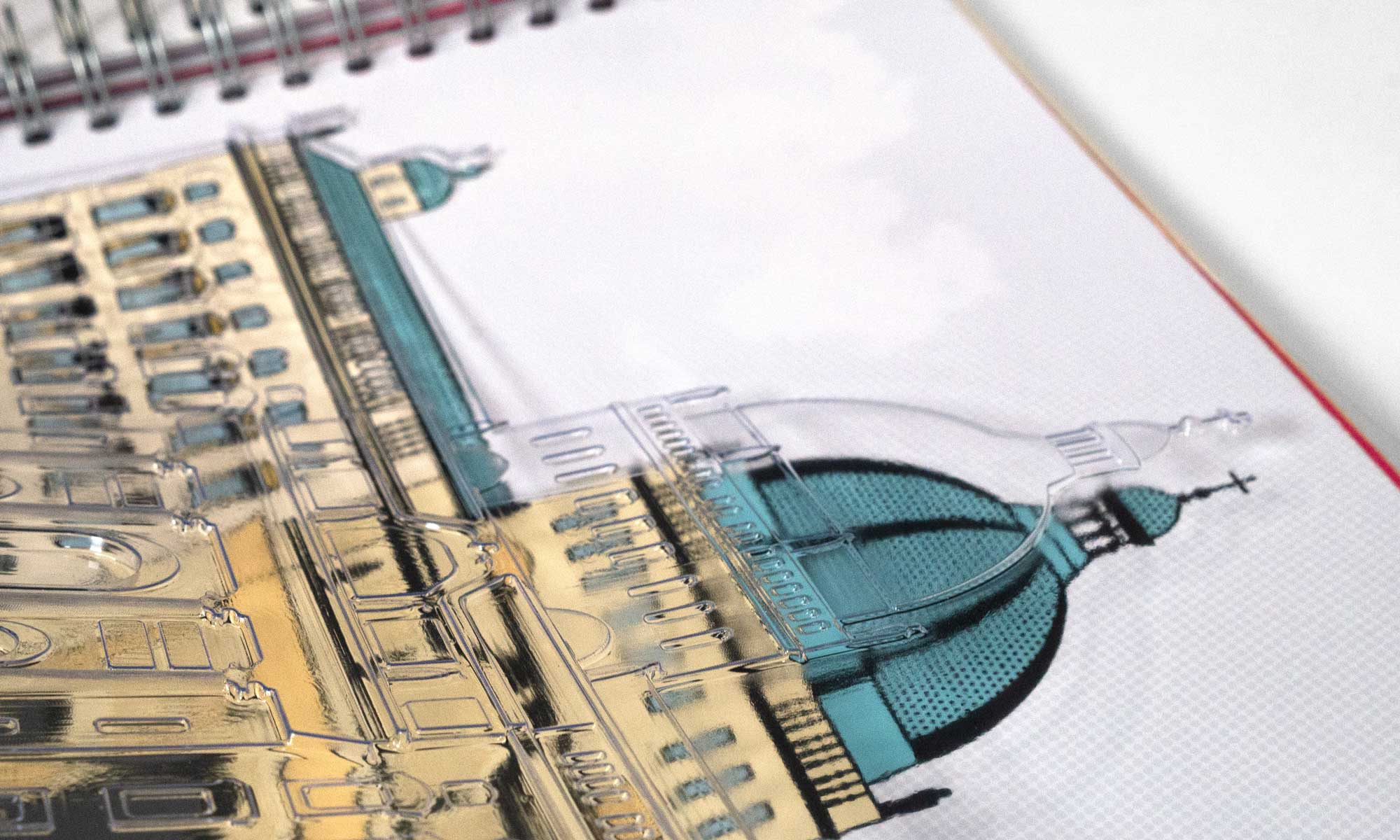
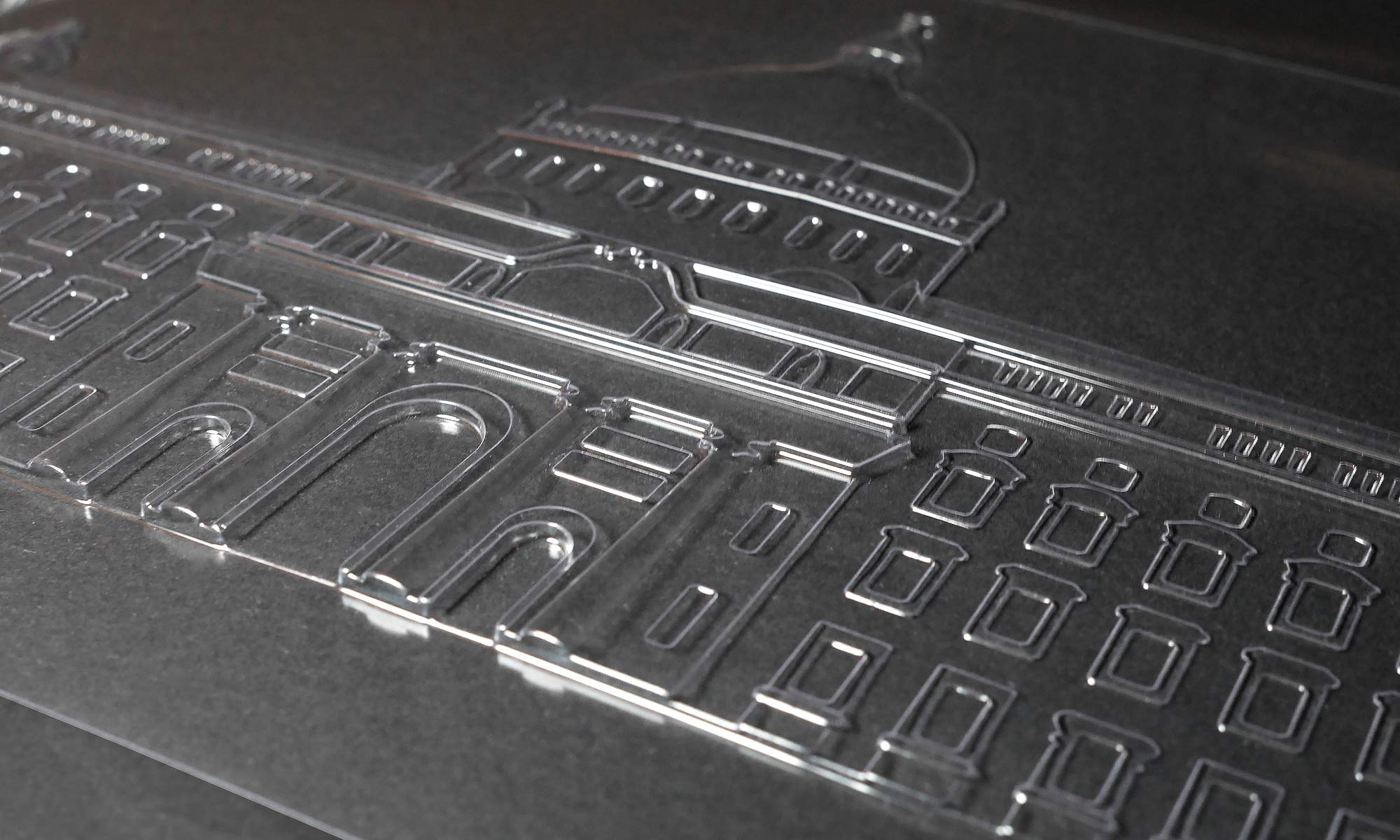
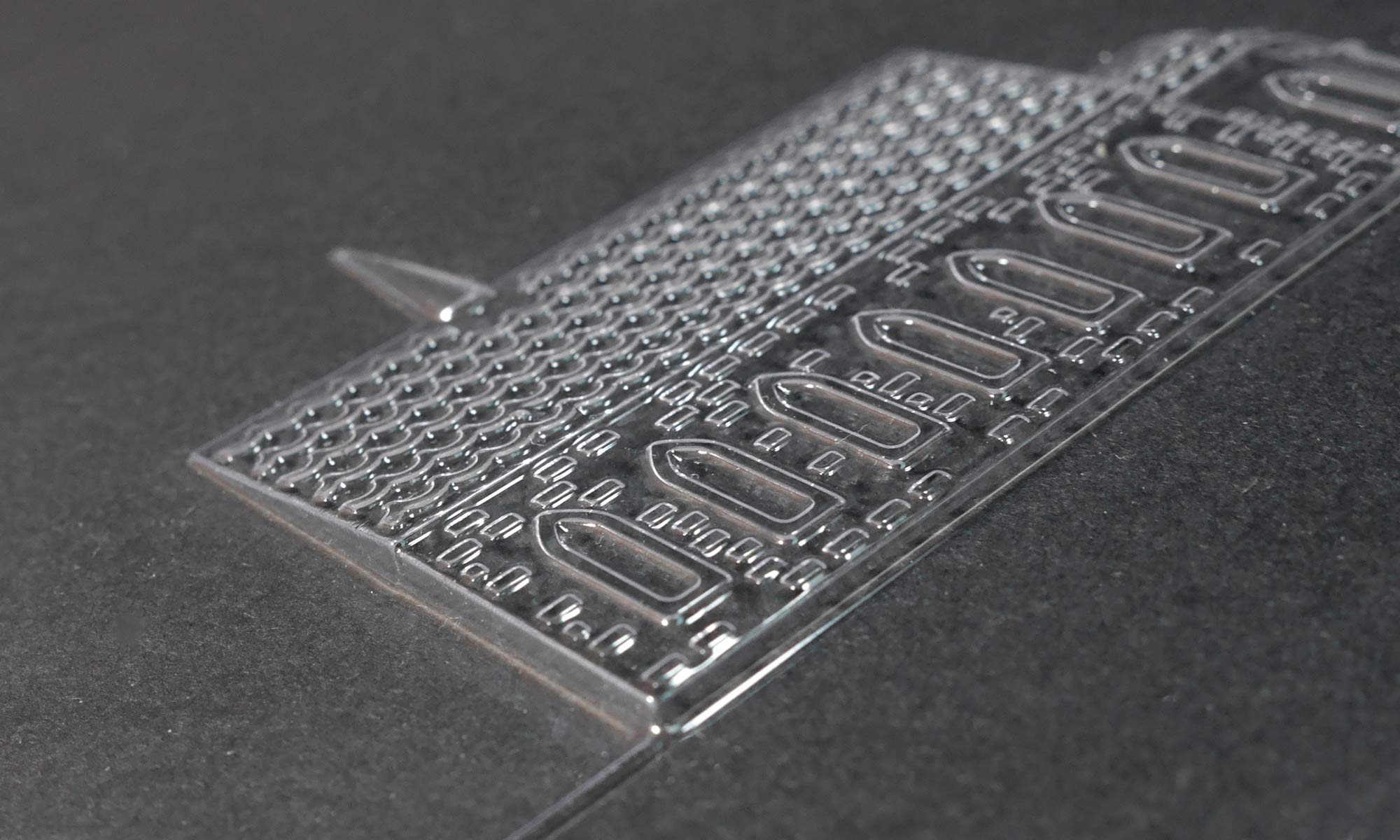
Detail pages
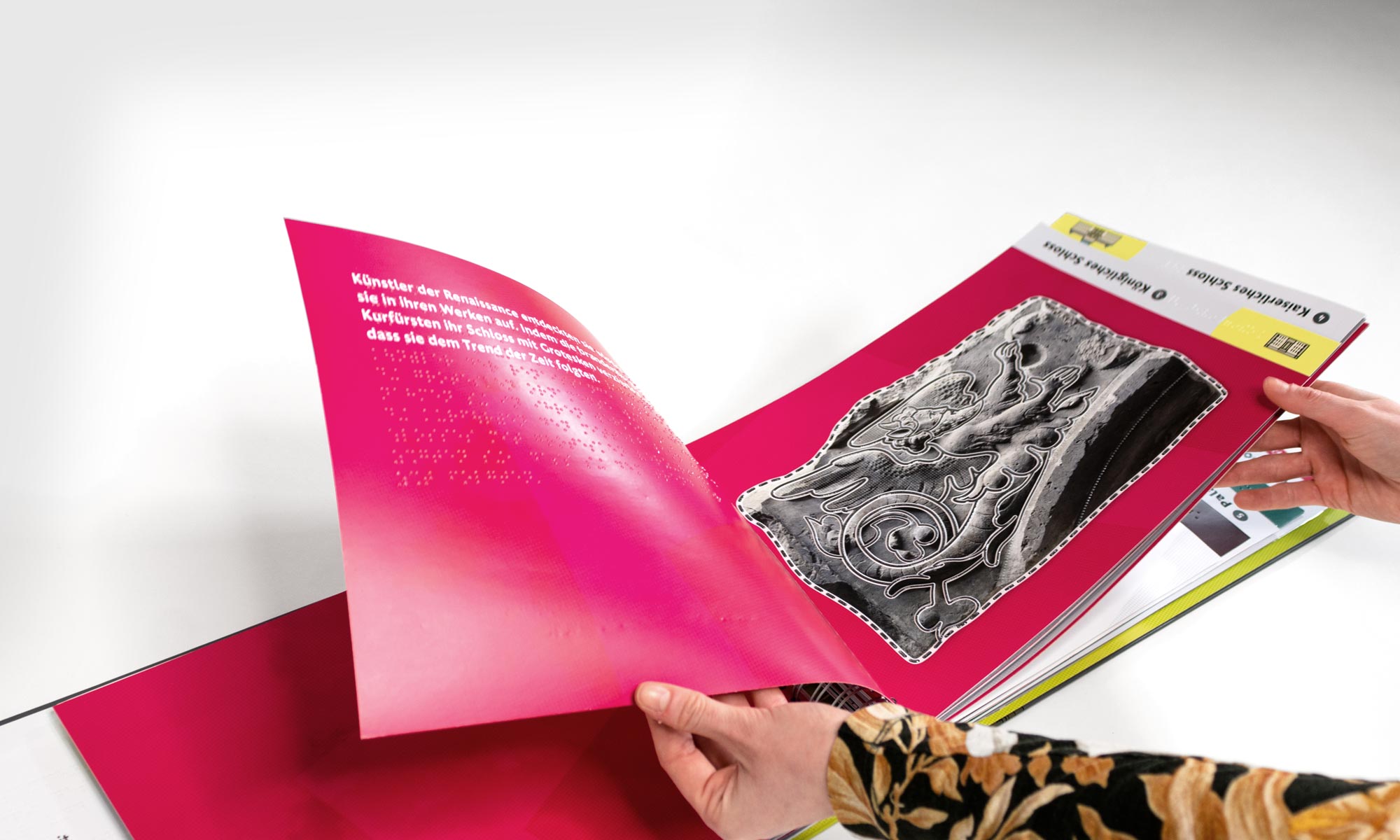
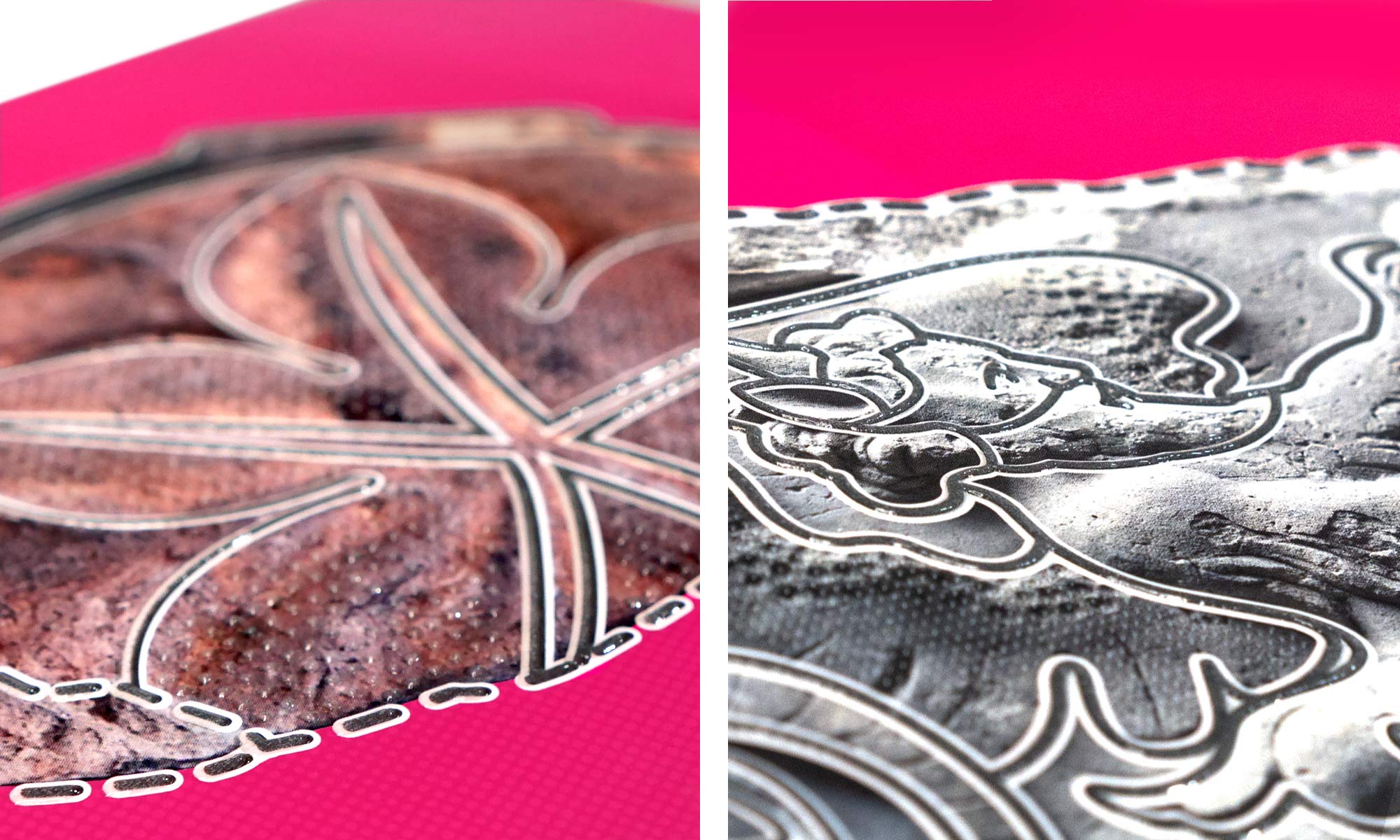
Project details
- Client: Humboldt Forum Foundation Berlin
- Project Period: 2019 – 2021
- Project Partners: Allgemeiner Blinden- und Sehbehindertenverein Berlin gegr. 1874 e. V.
Project Scope: Moderation of focus group workshops, creation and production of the tactile book with six tactile foils and eight tactile detail illustrations, Graphic design and layout, Conceptualization and digitization of tactile images, production support


